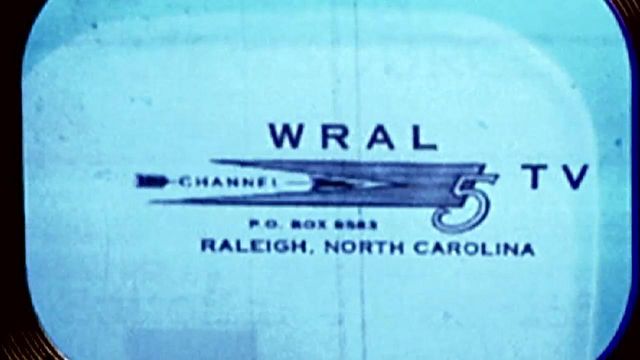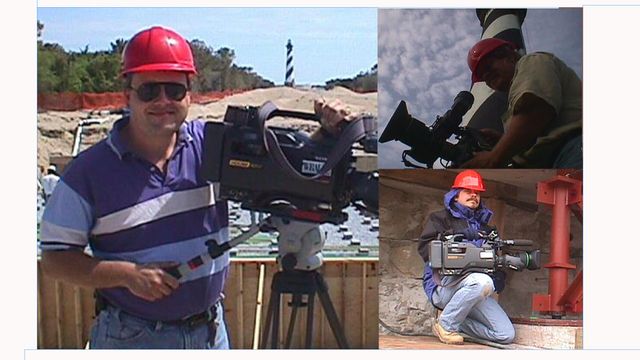WRAL archives Coverage
All assets associated with the tag: WRAL archives
From the WRAL archives
Fast forward to the early 1950s and post-war America; the sale of TV sets was beginning to boom and A.J. Fletcher was determined not to miss out on the potential of the exciting new medium. On October 17, 1953, Capitol Broadcasting Company formally applied for a license to operate a television station in Raleigh, North Carolina.
WRAL was a pioneer in the development of High Definition Television (HDTV). In 1996, WRAL was the first station in the U.S. to be granted an experimental license for HDTV. Later that year TV-5 became the first commercial station to broadcast an HDTV signal. In October 2000, WRAL was first to produce and air a complete newscast in HD, and in January 2001 the station was first to gather and produce all its news in HD.
All of WRAL’s pioneering technical work with High Definition helped set the stage for the biggest change in television since the introduction of color. On June 12, 2009, WRAL-TV joined stations across the country in turning off their analog signals, completing the official conversion to digital television (DTV). The technological conversion ended more than 50 years of analog transmissions on Channel 5 and ushered in the new age of digital television.
Every so often, we will dip into that library for a look back at how far we have come.
















